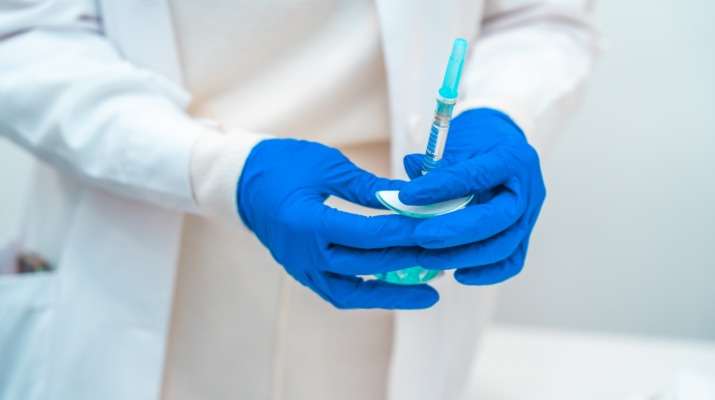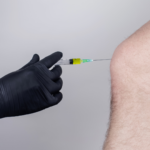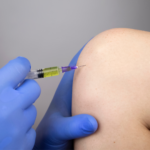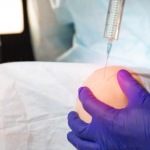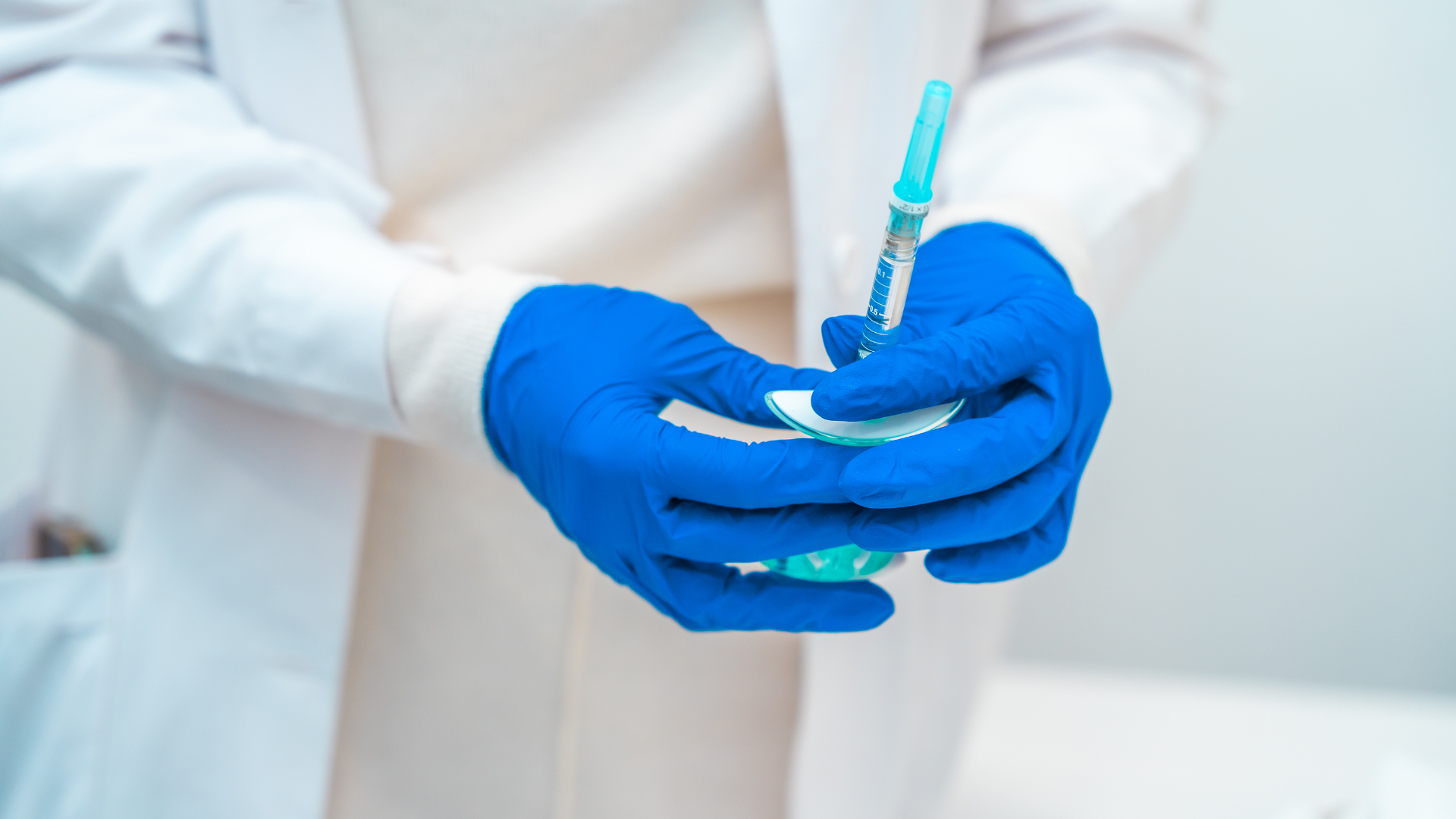
According to Maheu et al. (2016), intra-articular hyaluronic acid (HA) injections can efficiently manage osteoarthritis through pain reduction and enhanced joint function. The study emphasizes HA’s ability to delay surgical interventions, making it a vital treatment option for patients.
Intra-articular hyaluronic acid injections offer a potent solution for knee osteoarthritis (OA), a chronic joint disease. This injection treatment capitalizes on hyaluronic acid’s (HA) lubrication and cushioning properties to provide symptomatic relief to knee OA patients. In particular, Hyalgan HA injections can deliver sustained relief and enhance the quality of life for individuals with knee OA.
This article will delve into the safety and efficiency of hyaluronic acid injections for osteoarthritis, Hyalgan as a potential HA injection treatment, and the benefits of this non-surgical solution.
Key Takeaways
- Intra-articular hyaluronic acid (HA) injections rely on HA’s potency to deliver the lubrication and cushioning properties needed in the joints.
- Among many clinical studies and research, Hyalgan and HA injections effectively treat knee OA symptoms, offering temporary yet long-lasting relief for individuals with mild to moderate OA.
- While these injections can provide longer-lasting outcomes, patients must remember that several factors may influence the HA injections’ response and longevity.
- Aside from managing knee OA pain, hyaluronic acid injections can reduce inflammation and preserve cartilage.
- Specifically, Hyalgan demonstrated safety and efficacy in repeated treatments over 30 months in a clinical study.
Understanding Hyaluronic Acid Injections
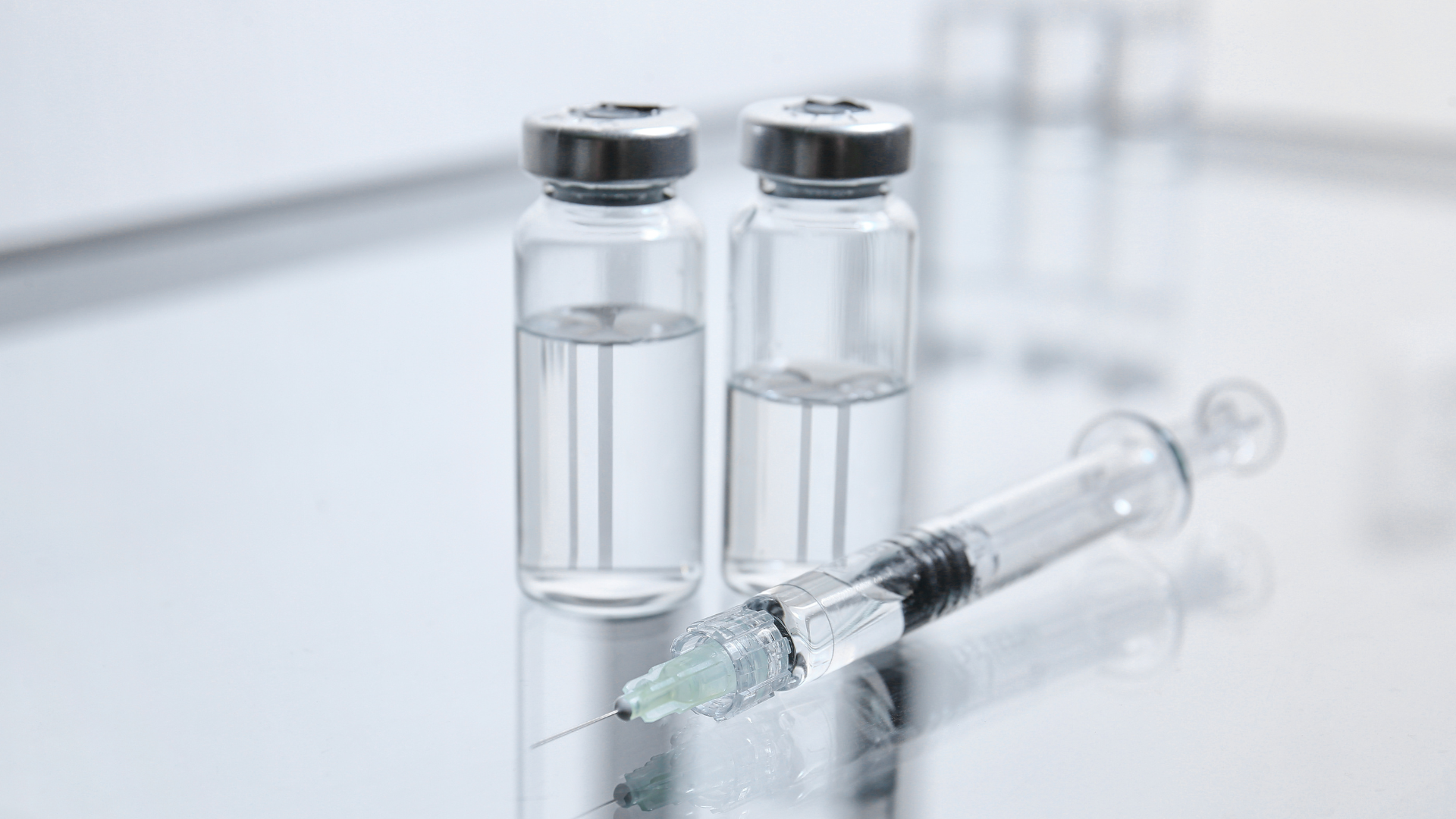
While hyaluronic acid injections can effectively address volume loss in aesthetic medicine, they also offer viable options for medical use. Specifically, hyaluronic acid (HA) injections are a minimally invasive solution for managing pain and other symptoms of knee osteoarthritis. Medical practitioners must administer these HA injections to ensure a safe and effective treatment.
These injections rely on the potency of hyaluronic acid to deliver the lubrication and cushioning properties needed in the joints. Hyaluronic acid is a natural substance in the body, particularly in the joints, skin, and eyes. HA injections can replenish the lost hyaluronic acid in the synovial fluid, allowing a pain-free movement.
Hyalgan is a brand-name product that addresses this degenerative joint disease. Knee osteoarthritis (OA) occurs when the quality of HA in the synovial fluid decreases, leading to increased friction, inflammation, and pain. This joint disease may worsen over time, and early detection and prevention can help individuals slow the progression of OA.
When medical professionals inject Hyalgan or other HA injections for knee osteoarthritis symptoms, its mechanism of action involves restoring the joint fluid’s viscoelasticity. When HA injections refill the synovial fluid’s hyaluronic acid, it improves joint function and allows pain-free movement for treated patients.
It’s worth noting that HA injections’ effectiveness varies from individual to individual. Patients must remember that consultation with a healthcare provider can help them determine if HA injection therapy suits their specific condition.
Clinical Evidence and Efficacy
Do Hyalgan injections work? Hyalgan has clinical studies to support its efficacy in addressing knee osteoarthritis (OA) symptoms. According to Hyalgan, medical professionals and researchers have conducted over 100 clinical trials for the product, demonstrating its effectiveness in reducing pain caused by OA.
Many clinical studies surface online about hyaluronic acid injection’s effectiveness in treating osteoarthritis. Trigkilidas & Anand (2013) conducted a systematic review revealing that intra-articular HA injections offer a modest effect on early to moderate knee OA. Patients may experience the entire effect from six to eight weeks after treatment.
Chavda et al. (2022) also shared similar results of HA injections’ effectiveness in treating knee OA, stating it can provide adequate pain relief and functional joint improvement. Furthermore, Hyalgan significantly reduced mean pain scores over 26 weeks compared to a placebo.
Hyalgan’s clinical study also studied its more remarkable clinical improvement than using analgesics or assisted walking devices. It becomes a potential option for treating knee OA pain in early OA detection. Among these clinical studies and research, Hyalgan and HA injections effectively treat knee OA symptoms, offering temporary yet long-lasting relief for individuals with mild to moderate OA.
Factors Influencing Treatment Response

Hyaluronic acid injections for joint diseases may deliver effective results with medical professionals’ guidance. So, how long do hyaluronic acid injections last? Most HA injections for treating knee osteoarthritis may last up to six (6) months. For instance, Hyalgan can offer the same treatment duration and deliver longer results to individuals with mild to moderate OA.
While these injections can provide longer-lasting outcomes, patients must remember that several factors may influence the HA injections’ response and longevity. Medical professionals would also discuss these factors to keep patients informed.
- Patient-Specific Factors: Individual characteristics such as age, weight, activity level, severity of osteoarthritis, and overall health can impact the effectiveness of hyaluronic acid injections. Moreover, healthcare providers may only recommend this injection therapy for individuals who have failed to respond to other treatments, such as nonsteroidal anti-inflammatory drugs (NSAIDs) or physical therapy.
- Dosage and Treatment Frequency: Brand-name products of HA injections have different recommended dosages and treatment frequencies. For Hyalgan therapies, they offer three or five shots of HA injections administered weekly. Each injection contains 2 mL of the solution, and providers must inject all the contents into a single joint.
- Duration of Treatment Effects: Patients must remember that HA injections do not permanently cure osteoarthritis. It can only offer temporary symptomatic relief, but Hyalgan injections can be safe for repeated treatments to maintain optimal outcomes. The duration can depend on the individual’s response to treatment and the progression of osteoarthritis.
Role in Modulating Joint Inflammation and Cartilage Preservation

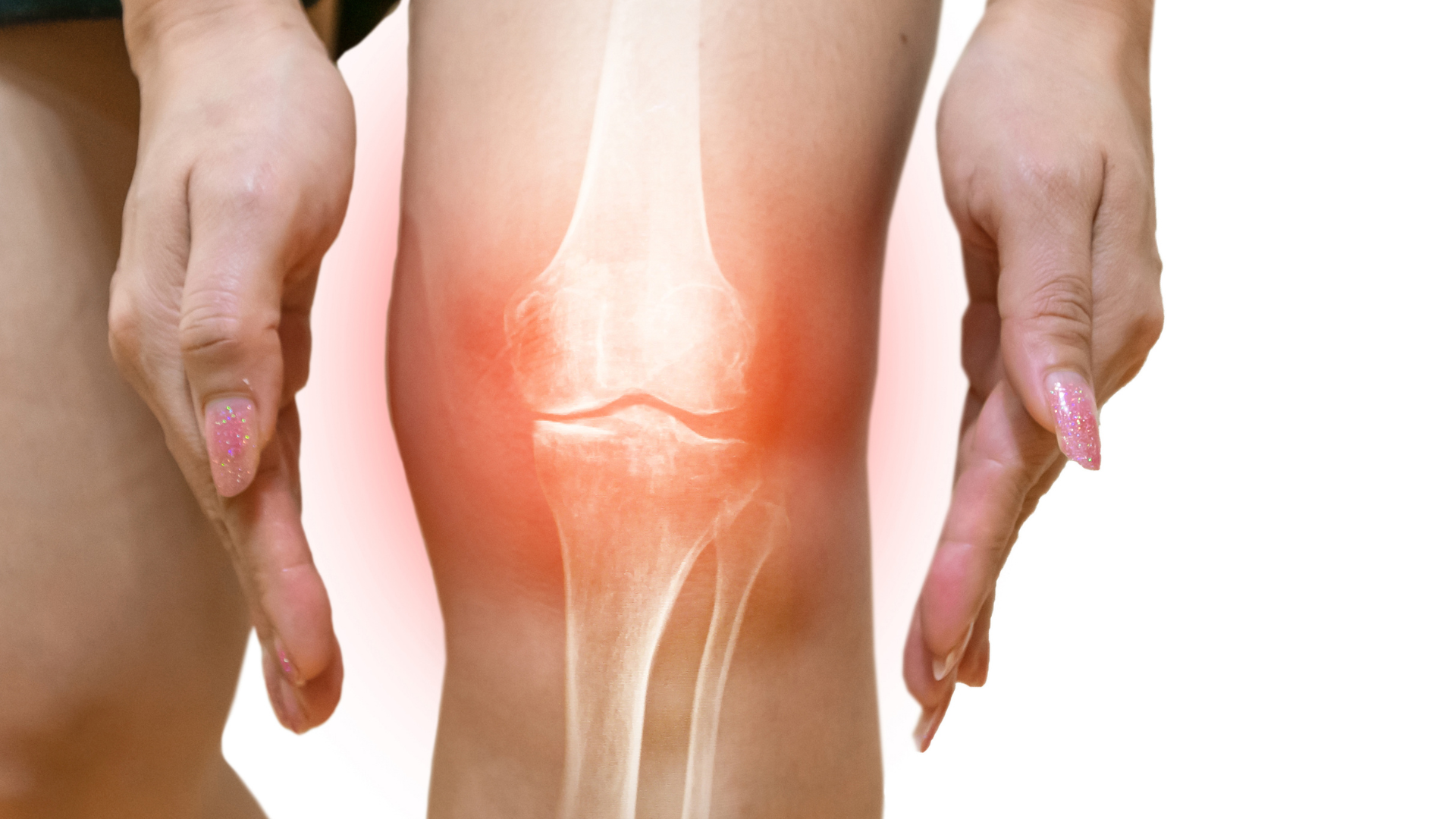
Aside from managing knee OA pain, hyaluronic acid injections can reduce inflammation and preserve cartilage. Medical professionals can significantly guide patients in achieving optimal outcomes for knee OA symptoms.
- Impact on Inflammation: In osteoarthritis (OA), the synovial fluid undergoes quality deterioration, resulting in heightened friction and inflammation within the joint. Hyaluronic acid (HA) injections directly introduce HA into the joint space, effectively reducing inflammation and friction. Notably, research suggests that intra-articular HA may decrease the production of pro-inflammatory cytokines, contributing to its anti-inflammatory effect.
- Effects on Cartilage Preservation: These injections temporarily restore joint fluid thickness, enhancing lubrication and facilitating smoother joint movement. While HA doesn’t directly promote cartilage regrowth, it significantly contributes to maintaining joint function by reducing inflammation. Moreover, studies demonstrate that HA can stabilize or even improve cartilage damage.
Although hyaluronic acid (HA) injections are not a definitive cure, they offer sustained pain relief for individuals with knee osteoarthritis (OA). The improvement in symptoms can sometimes last up to six months or even a year. Specifically, Hyalgan demonstrated safety and efficacy in repeated treatments over 30 months in a clinical study.
However, HA injections are most effective for mild to moderate OA, and individual responses can vary. Regular follow-up injections are essential to maintain the benefits, and future research should focus on optimizing dosing regimens and comparing treatment options.
Conclusion
Hyaluronic acid injections offer a solution to pain relief and improved joint function in knee osteoarthritis (OA). Understanding hyaluronic acid (HA) injections involves recognizing their lubrication and cushioning properties. Many clinical studies support their safety and effectiveness in addressing OA concerns.
Hyalgan’s HA injections have also been praised for their lasting and efficient outcomes. HA injections replenish the synovial fluid, resulting in pain relief, improved joint mobility, reduced inflammation, and preserved cartilage. HA injections are a valuable tool for managing knee OA, emphasizing individualized care and long-term relief.
References
- Maheu, E., Rannou, F., & Reginster, J.-Y. (2016). Efficacy and safety of hyaluronic acid in the management of osteoarthritis: Evidence from real-life setting trials and surveys. Seminars in Arthritis and Rheumatism, 45(4), S28–S33. https://doi.org/10.1016/j.semarthrit.2015.11.008
- Hyaluronic acid for osteoarthritis: Benefits and risks. (2022, April 25). Www.medicalnewstoday.com. https://www.medicalnewstoday.com/articles/hyaluronic-acid-for-osteoarthritis
- Clinical Studies – Hyalgan for Healthcare Professionals. (n.d.). Hyalgan (Sodium Hyaluronate). Retrieved April 10, 2024, from https://hcp.hyalgan.com/hcp/clinical-studies/
About: Medica Depot is your trusted all-in-one supplier, offering a range of high-quality medical injectables and supplies. If you’re looking to buy Hyalgan wholesale, you can do so on Medica Depot quickly and easily. We offer a worry-free experience in searching for the best and most popular products on the market. Whether for health professionals, plastic surgeons, dermatologists, licensed estheticians, or other specialists, we can offer genuine, brand-name products you may need. With Medica Depot, we prioritize serving you better to improve the patient’s quality of life.
Buy aesthetic products refers to the act of purchasing items that are specifically designed for enhancing or maintaining beauty, often related to skincare, cosmetics, or procedures in the field of aesthetics. These products can include a wide range of items intended to improve the appearance and health of the skin, hair, and body. Here are some examples of aesthetic products that individuals might purchase:
-
Skincare Products: Including cleansers, moisturizers, serums, and treatments targeting specific skin concerns such as acne, aging, hyperpigmentation, and sensitivity.
-
Cosmetics: Makeup products such as foundations, concealers, eyeliners, lipsticks, and eyeshadows designed to enhance facial features and achieve desired looks.
-
Hair Care Products: Shampoos, conditioners, styling products, and treatments to maintain and improve the health and appearance of hair.
-
Dermatological Treatments: Prescription or over-the-counter treatments for medical conditions like acne, eczema, psoriasis, or rosacea.
-
Aesthetic Devices: Equipment used for professional treatments including laser devices, microneedling pens, radiofrequency devices, and IPL (Intense Pulsed Light) machines.
-
Injectable Aesthetics: Products such as dermal fillers and botulinum toxin (Botox) used to enhance facial contours, reduce wrinkles, and achieve smoother skin.
-
Nutritional Supplements: Supplements aimed at promoting skin health, hair growth, and overall well-being, often containing vitamins, minerals, and antioxidants.
-
Home Use Beauty Devices: Devices like facial cleansing brushes, LED light therapy masks, and microcurrent devices designed for at-home skincare treatments.


